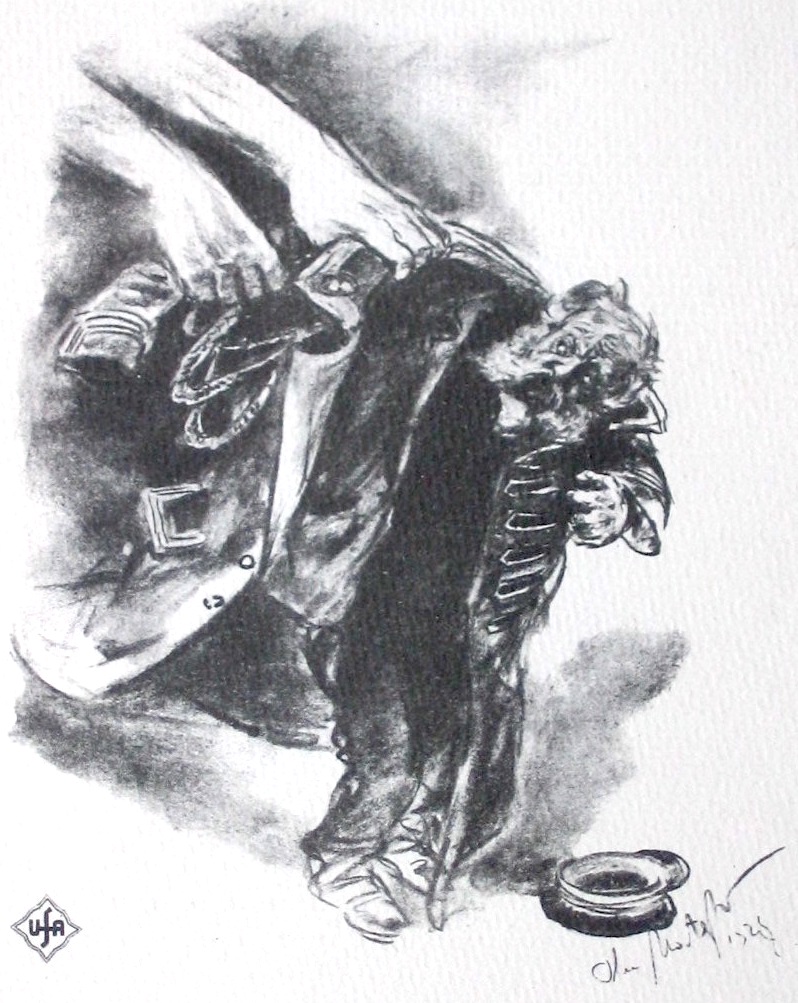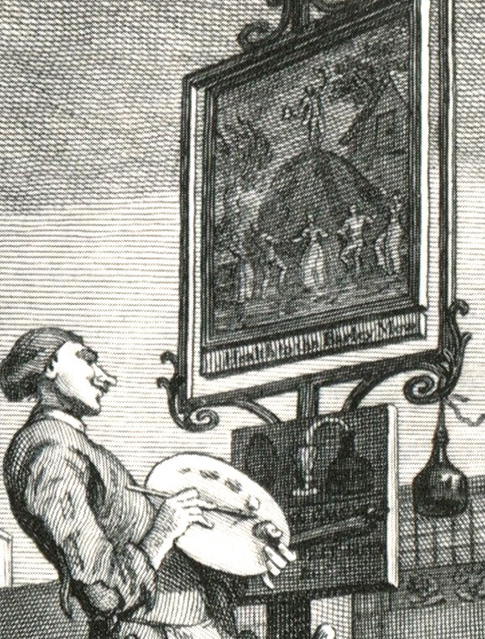[April 3, 2010
Melchior Lorck: Precursor of the “specials”
Nicht übersetzt:
The projected monumental five-volume set (four of them are available now) by Erik Fischer is the first extensive monographic treatment of one of the most interesting artists of the 16th Century. Melchior Lorck, or Lorch, originally Loris, born in 1526/27 in the former Danish Flensburg, was a contemporary of Pieter Breugel the Elder and a friend of cartographer Abraham Ortelius. He worked in locations as diverse as Constantinople and Antwerp, Hamburg and Vienna, and Rome and Copenhagen. Though still known only to a small circle of scholars, Lorck can be called a godfather of the “specials”, – of those artists, who´s business was to lead an initerant life by making graphic reports on spot in different regions of the world. With his astonishing concentration on the temporary aspects of life he was a precursor of the Baudelairian “modern” artist, a forerunner of travelling draughtsmen of the 17th century like Wenzel Hollar and Cornelis de Bruijn and of subsequent visual reporters like Constantin Guys, William Simpson and Melton Prior.
A Tartar carriage (woodcut)
“During the years 1555-1559, Melchior Lorck served as a member of the Imperial embassy representing the interests of The Holy Roman Empire at the court of Sultan Suleiman the Magnificent. This was the very embassy that – under the leadership of Ogier Ghiselin de Busbecq, who was widely renowned for the letters he dispatched from Turkey – enriched life in Europe with plants like horse chestnuts, tulips and lilacs and with manuscripts like the famous Vienna Dioscurides. From Turkey, Lorck brought back to Western Europe a large collection of studies of Turkish, Byzantine and Roman buildings and monuments and, equally amazing, studies of the Turkish people themselves.
Taking his point of departure in the studies he had made on the spot, Lorck brought forth – over the course of the ensuing twenty years – an enormous body of work consisting of drawings and graphic prints that were intended for publication. The works that are most widely known are the 12-meter long Prospect of Constantinople and the set of woodcuts known collectively as The Turkish Publication, which did not actually appear in print until 1626 when it was published under the title `Wolgerissene vnd geschnittene Figuren…` – more than 40 years after what we presume to be the artist’s death. Here, for the very first time, The Turkish Publication is examined in relation to the fragments of a manuscript that Melchior Lorck penned specifically for the publication, although The Turkish Publication never saw the light of day during the artist’s lifetime as things came to pass. Both of these main works – The Constantinople Prospect and The Turkish Publication – are now being printed in their originally envisaged dimensions, in a high-quality rendition and replete with exhaustive descriptions.”
(Excerpt from the publisher´s announcement)
Erik Fischer (with Ernst Jonas Bencard, Mikael Bøgh Rasmussen and Marco Iuliano): Melchior Lorck. Copenhagen 2009
The tent of a Turkish King. (woodcut)
View of the Roofs of Constantinople, ca. 1559. Pen drawing (Statens Museum for Kunst, Copenhagen)




